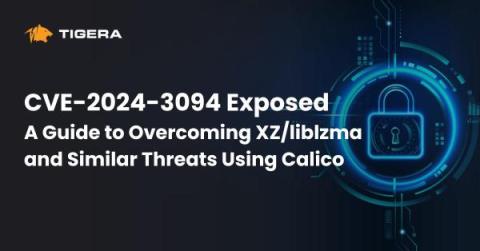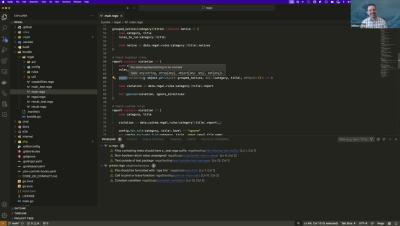The Hidden Economy of Open Source Software
The recent discovery of a backdoor in XZ Utils (CVE-2024-3094), a data compression utility used by a wide array of various open-source, Linux-based computer applications, underscores the importance of open-source software security. While it is often not consumer-facing, open-source software is a critical component of computing and internet functions, such as secure communications between machines.











